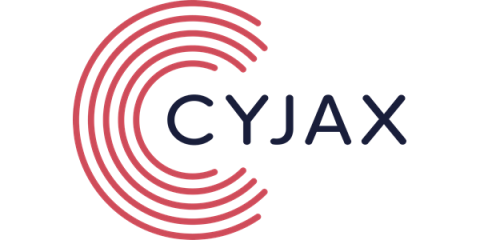CVE-2024-40766: Critical Improper Access Control Vulnerability Impacting SonicOS
On August 22, 2024, SonicWall published a security advisory regarding a critical improper access control vulnerability in several SonicWall Firewall models. This vulnerability, identified as CVE-2024-40766, is a flaw in SonicOS, the operating system that powers these firewalls. CVE-2024-40766 allows a remote, unauthenticated attacker to gain unauthorized access to resources and/or cause the firewall to crash under specific conditions.










